
The 2010s have been full of huge advancements in technology and smartphones have seen a lot of improvements over the decade. As the year closes out, it’s a good time to look back not at the most popular or even most impressive smartphones of the past 10 years, but the most important Android smartphones that have come out this decade.
Nexus One (2010) – The start of Google’s smartphone ambitions
Going back as far as possible in the 2010s, there’s the January 2010-released Nexus One. This device was notable for one big reason, it was the first device in the Nexus brand. The Nexus program took devices from partners, in this case, HTC, and provided hardware that Android developers could use to fine-tune their apps with the latest Android versions.
The Nexus One was launched on Android 2.1, Eclair, and later was first in line for updates to Froyo and Gingerbread – the latter of which was also its last update. The device had an 800×480 display, 1GHz Qualcomm Scorpion processor, and even a Blackberry-style trackball too. took a fun look back at the Nexus One last year, even having an editor use the phone full-time for a while.
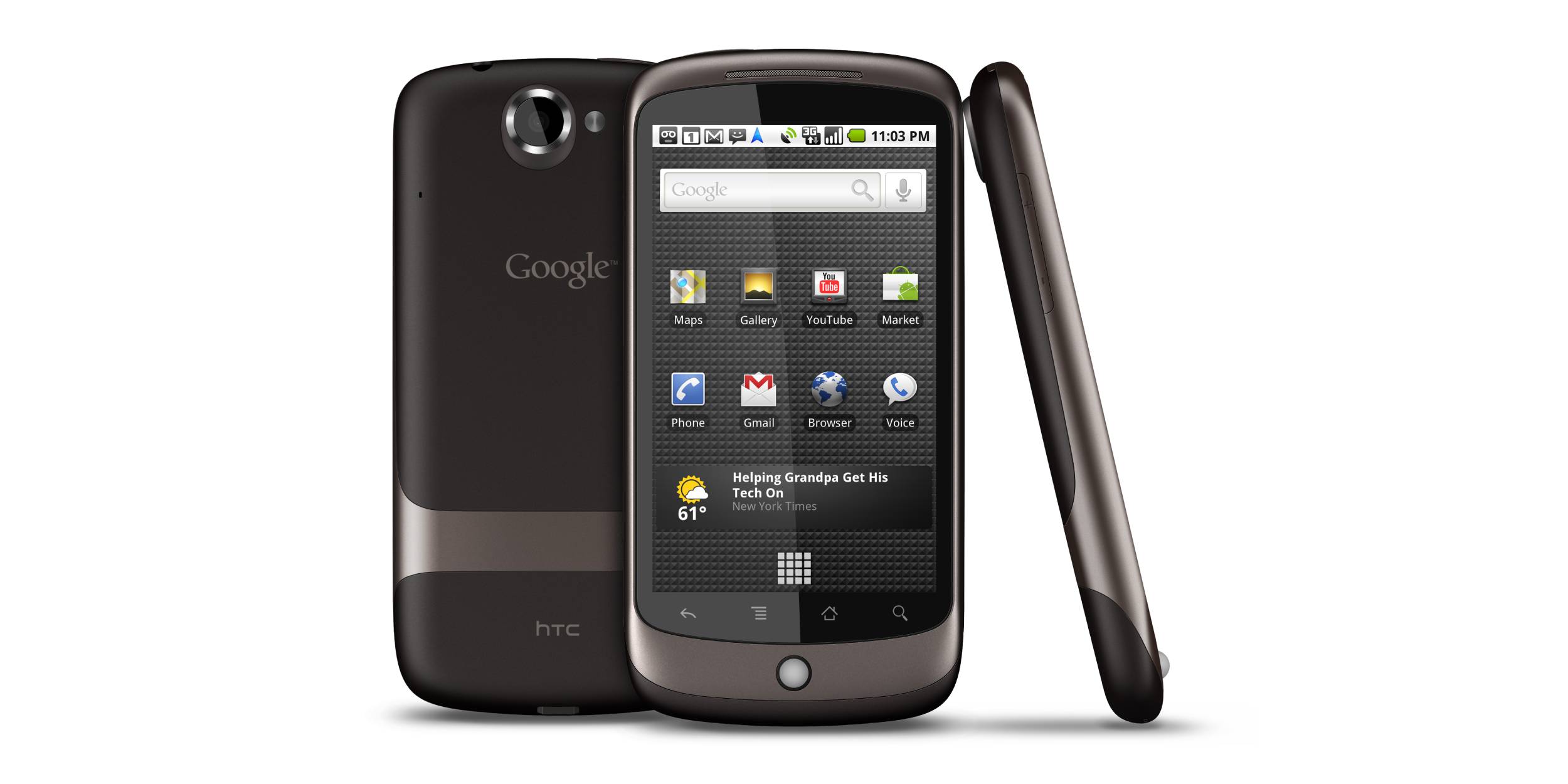
Samsung Galaxy S2 (2011) – One of the first popular Android phones
In the early 2010s, Android was still gaining steam. Gingerbread wasn’t exactly the most attractive platform for new users and, at the time, it was mainly Motorola’s Verizon-exclusive DROID brand leading the charge.
In mid-2011, the Galaxy S2 really helped Android hit the mainstream. Samsung’s second Android flagship was released worldwide with a 1.2GHz Exynos processor, 1GB of RAM, and a WVGA AMOLED display too. It could capture 1080p video from its 8MP camera too! The Galaxy S2 also spawned several variants for different US carriers including the Samsung Galaxy S2 Skyrocket with LTE.

Customers were clearly interested in what Samsung had to offer with the Galaxy S2 as, within just 55 days, the device managed to sell 3 million units. 10 months later, the device hit a whopping 20 million sales globally ahead of the Galaxy S3’s debut a few months later, a device that only built on that success.
Samsung Galaxy Note (2011) – Big screens change smartphones forever
Perhaps the biggest change Samsung has ever made to the smartphone market is in terms of size. In 2011, the Samsung Galaxy Note was launched with its display which was “just too big” for the time. Boy, how times have changed.
The original Samsung Galaxy Note offered up a display that measured in at 5.3-inches. At the time, most smartphones had displays between 3 and 4.5-inches in size, so the Note was a considerable step up. When it first launched, that step up was met with criticism. called the screen “comically huge to the point of shame” and asked if it was “just a 5.3-inch gimmick.”
In our own review, Seth Weintraub said he was fine with the size, but admitted he “might be in the minority” on that.

9 years later, “small” phones have displays upwards of 5.5-5.8-inches while the Galaxy Note 10+ offers a huge 6.8-inch display. If Samsung hadn’t introduced the original Note, who knows what the past decade of Android smartphones would have looked like!
Samsung Galaxy Nexus (2012) – Google overhauls Android’s software
In 2012, Google gave Android a complete overhaul and, as was its tradition, that came with a new smartphone release. The Samsung Galaxy Nexus was the first Android smartphone – also my first Android phone! – to come with Android 4.0 Ice Cream Sandwich. That update revamped Android with “Holo” and it really changed how everyone looked at the platform. It also had a TRON-based promo video which, personally, I loved.
Ice Cream Sandwich had a cleaner, more futuristic look compared to Gingerbread and other older versions. Further, it set the platform apart from Apple’s iOS in a pretty big way. The “Roboto” font also arrived along with new features such as on-screen navigation, a better homescreen, faster voice transcription, a fresh lockscreen design, native screenshot support, new notifications, a better keyboard, Android Beam (NFC), and so much more.
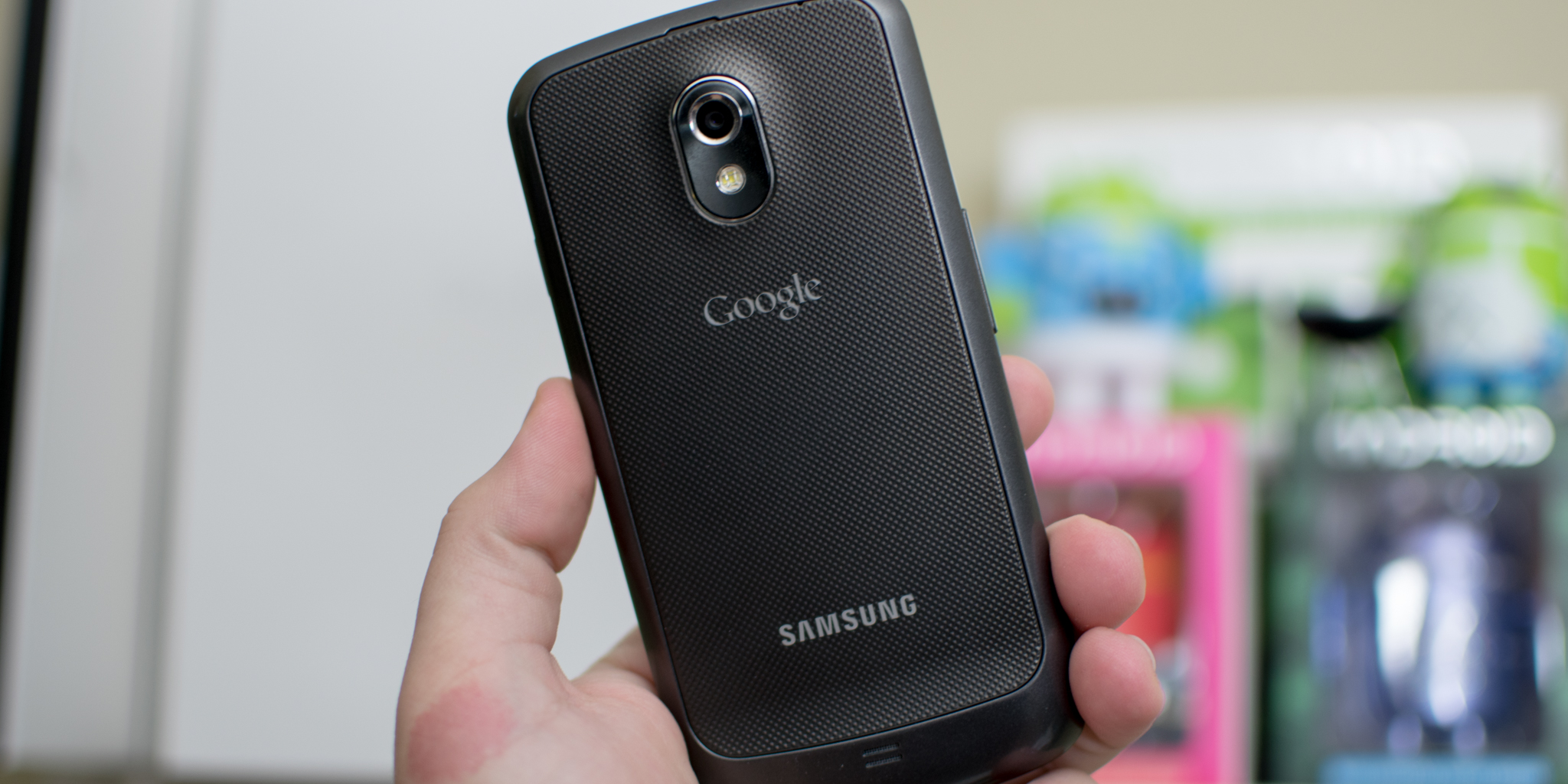
The Galaxy Nexus itself was basically just a vehicle for this update. It was the first Android device to ditch physical navigation buttons and had a unique design with a sloping display on the front with curved glass. It also had a 720p AMOLED display and, much to its demise, a TI OMAP processor too. In our review, Seth said there “wasn’t much to complain about” with the HSPA+ variant.
Motorola Moto G (2013) – Hey, budget phones can actually be good
Android was fairly common on cheap Android smartphones and in late 2013, Motorola made them a whole lot better with the Moto G. The original Moto G was a simple, affordable $179 piece of hardware that also came with something even more crucial – good software.
The Moto G took an approach much like the popular Moto X. Clean software with only a few features on top of what Android offers at its core. It was promised multiple major updates, something that was very rare at the time. It launched on Android 4.3 but ended its update promise on Android 5.1, Lollipop. The device also had customizable back panels. After a week using it, Seth was quick to say “I love it.”
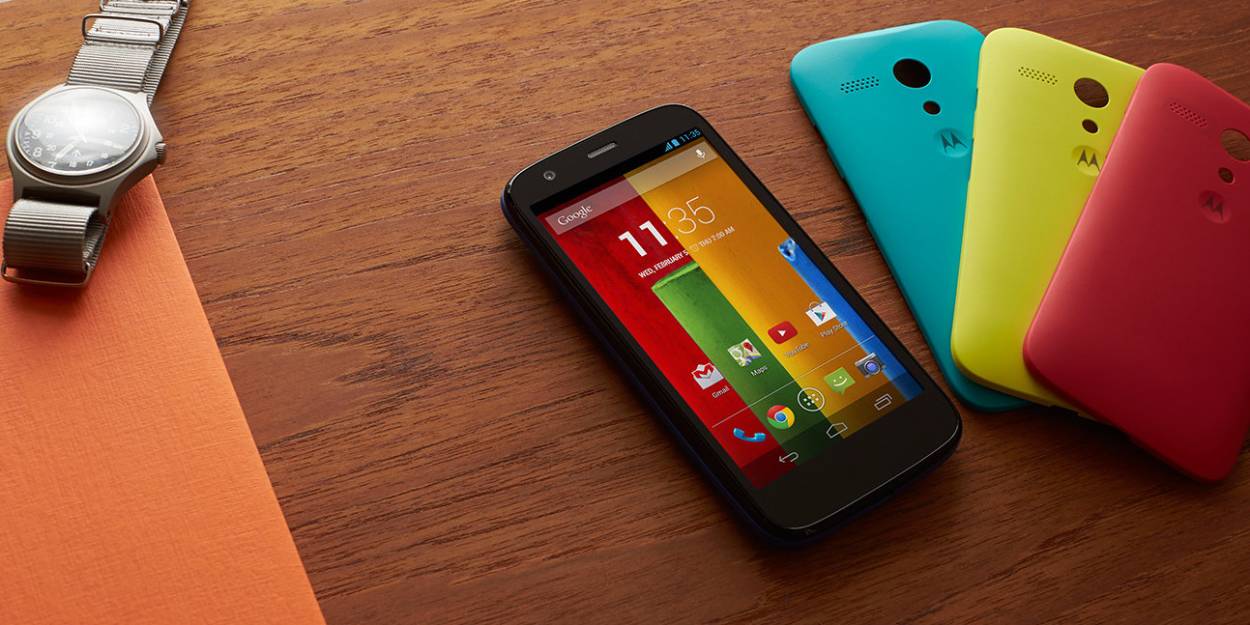
The phone was a huge hit for Motorola and, to this day, the line remains the company’s most successful. If you ask me, the Moto G influenced budget smartphones forever. For the first time, we had a budget device that wasn’t mostly awful and now, most Android smartphones at affordable price points are still pretty good. Arguably, the Moto G still leads the charge here too.
OnePlus One (2014) – The flagship killer
In April of 2014, a new name broke onto the scene. The OnePlus One pretty much came out of nowhere with big ambitions. OnePlus wanted to be a huge name in Android and to start, it had a “flagship killer” that matched the specs of most Android phones with a price that was cut in half.
The OnePlus One cost $299 where the current flagship from Samsung at the time, the Galaxy S5, was $649. The specs on the two devices were basically identical but the OnePlus One also delivered cleaner software with the help of CyanogenMod, a lightweight but feature-packed ROM which was close to what was found on Nexus devices.
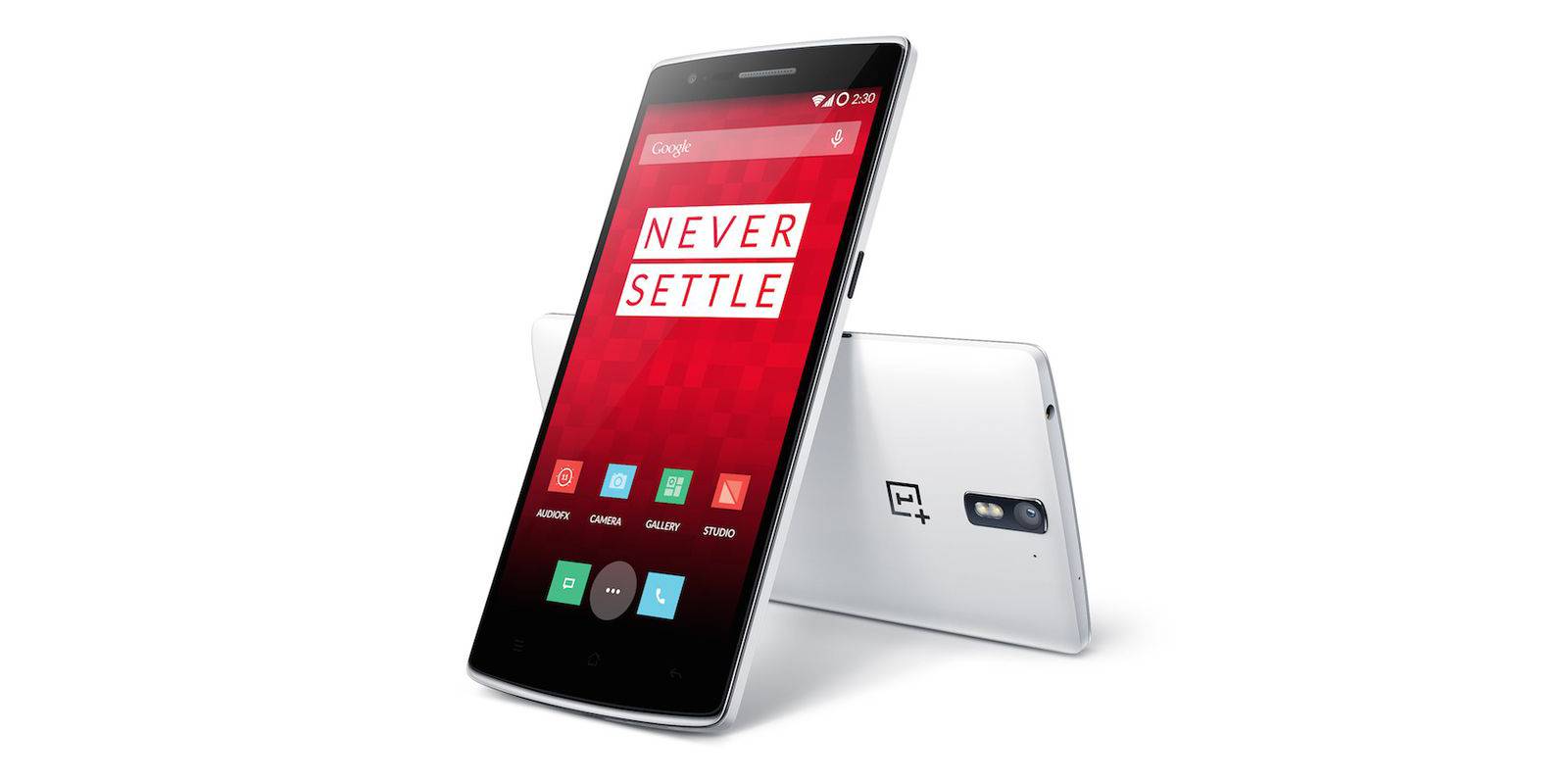
Perhaps the biggest con of the OnePlus One was that it required an invitation to purchase. That invite system was a pain for purchasing, but Dom mentioned that “the wait is worth it” in his review.
Over time, the device gained popularity and OnePlus produced a successor. Despite invites and some ill-conceived ad campaigns, OnePlus continued to build a name for itself and a few years later, it’s a big name in Android.
The OnePlus One was the start of one of the most interesting stories in Android during the 2010s.
HTC One M7 (2013), Galaxy S6 (2015) – Android OEMs get good at hardware
For the first half of the decade, almost every Android smartphone was made from plastic whether it was a flagship or a budget device. Over time, that changed.
In 2013, the HTC One M7 hit the scene with a unibody aluminum design which, frankly, was the best part of the device. It also delivered powerful speakers and a revamped version of HTC’s Sense skin over Android. The phone itself wasn’t a game-changer, but its design was beloved for a long time and helped spark a wave of others to follow.
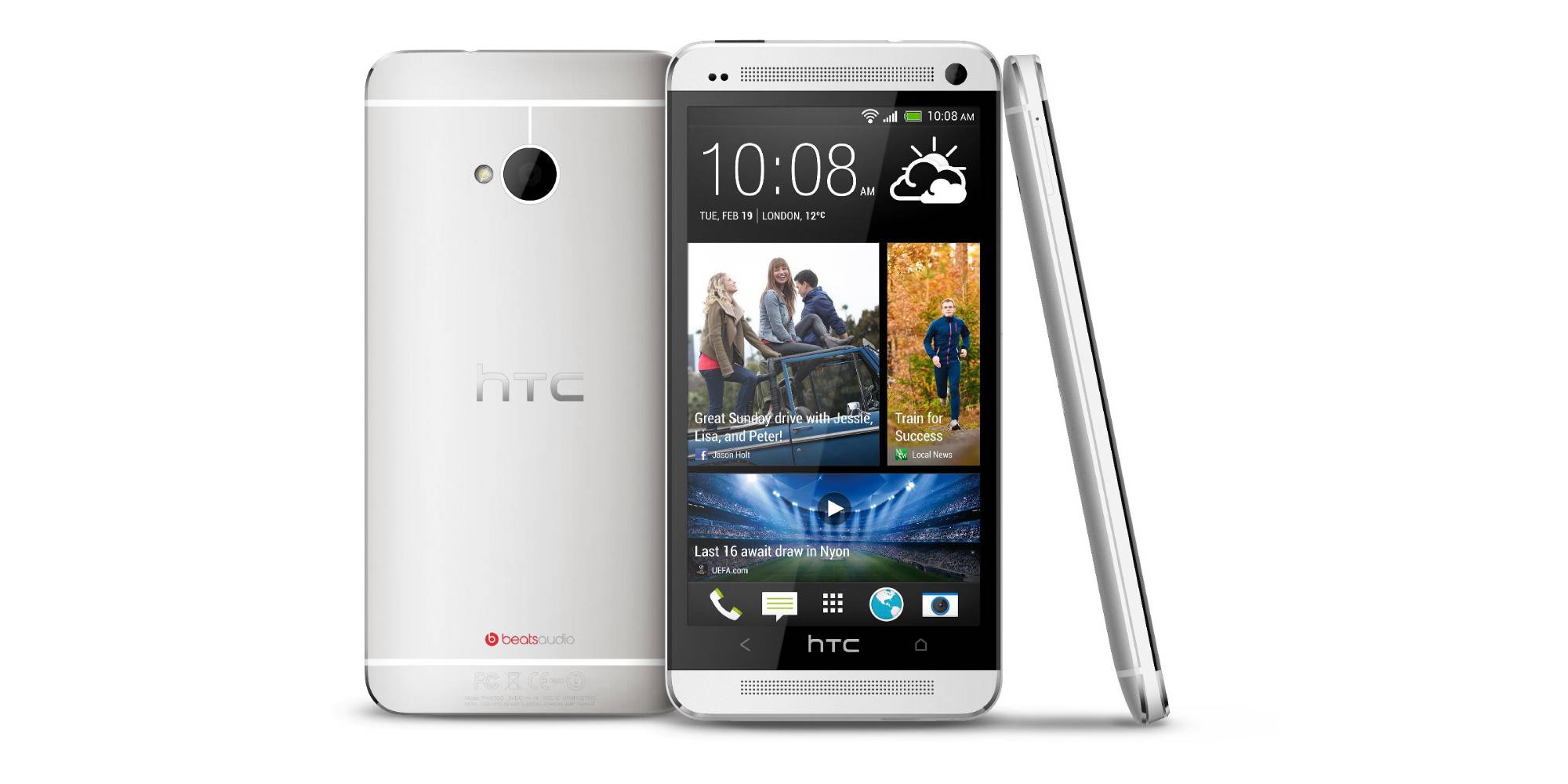
Two years later, HTC’s move towards better materials and design made its way over to Samsung. The Galaxy S6 was the company’s first flagship made from premium materials. It had a metal frame and glass back and felt sturdy and premium across the board. Technically, the Galaxy Alpha was Samsung’s first device to make these changes, but the Galaxy S6 made it more mainstream. We also got the Galaxy S6 Edge which started Samsung’s collection of curved glass designs.
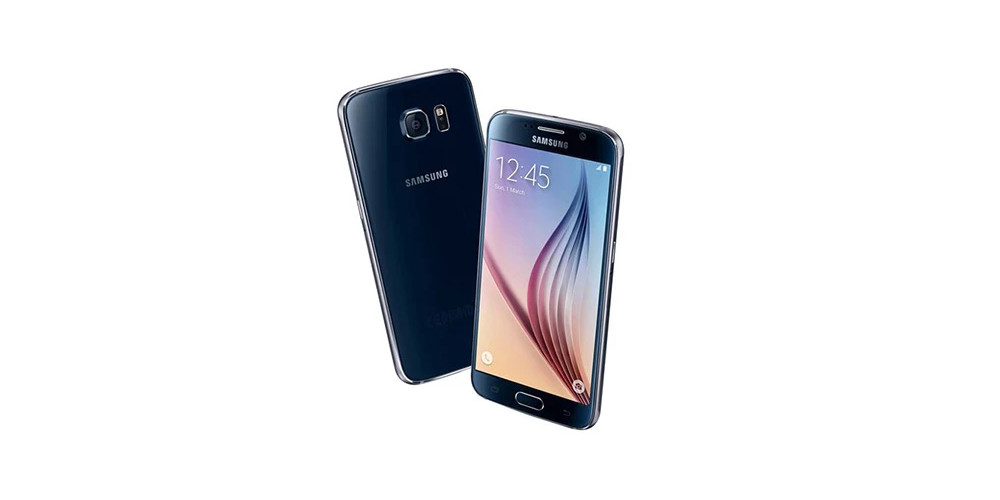
From that point on, Samsung would continue to refine that design language over the course of several generations and bring it over to the Note lineup as well. Over time, LG and other Android OEMs picked up better designs as well.
LG G5 (2016) – The first ultrawide camera
To be clear, the LG G5 was a massive flop. The phone’s modular design never felt right, it’s design was quirky in a bad way, and the software wasn’t all that great either. , the LG G5 did one thing very right. It was the first mainstream Android smartphone of the decade to include an ultrawide camera sensor.
Finally, a few years after its release in 2016, nearly every Android flagship and even the iPhone is using that fun lens. Jeff’s review of the G5 focused heavily on the cameras. That ultrawide camera lens is one of the last meaningful changes LG made too. Odds are, you won’t see much of LG in the next decade.
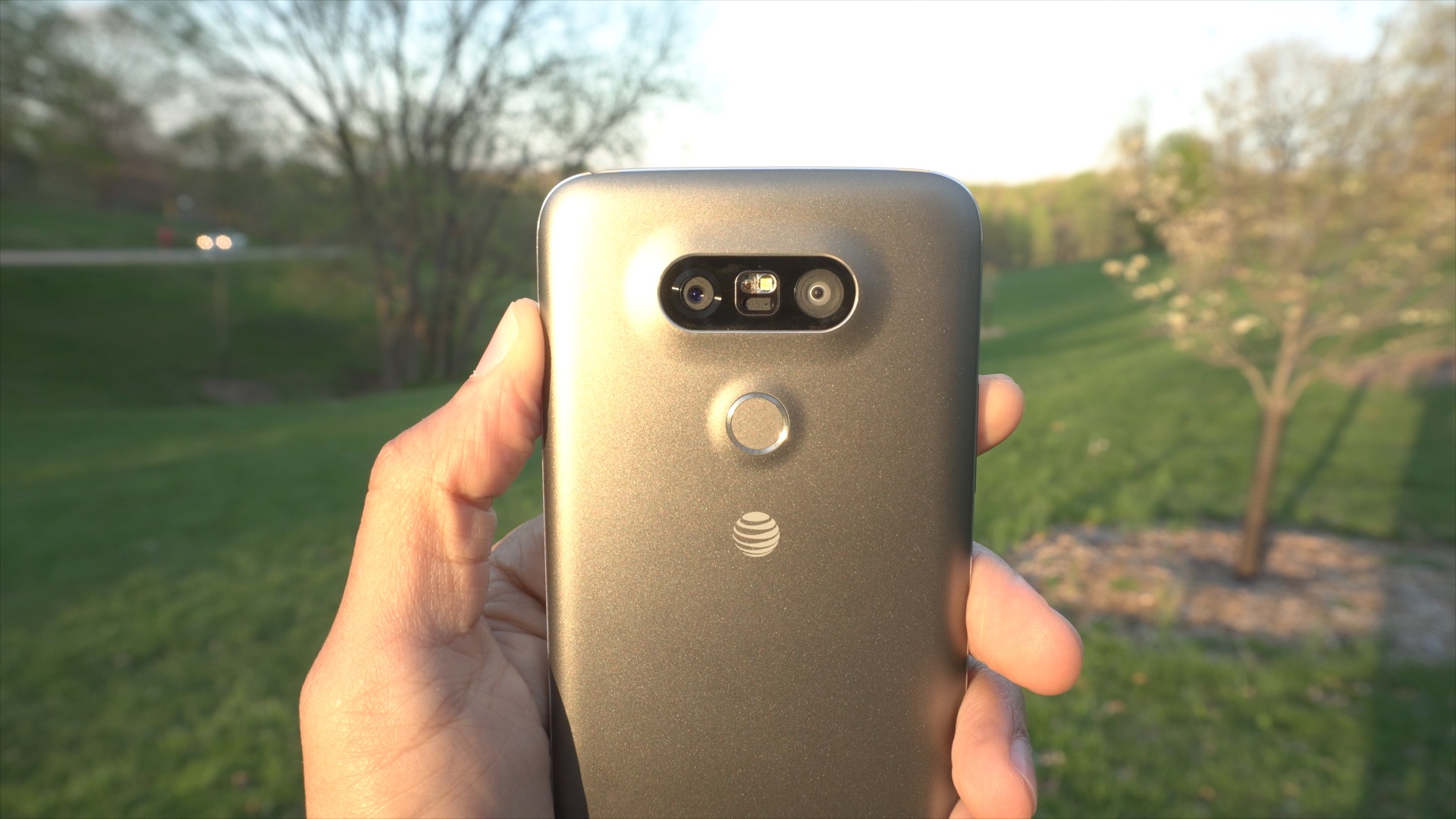
Google Pixel (2016) – Assistant arrives
Software was a key part of Android smartphones over the course of the decade and arguably the biggest advancement has been Google Assistant.
At first, Assistant was exclusive to the Google Pixel and it was powerful from day one. Assistant could handle more natural commands than its competitors and offered better voice recognition too. In the time since, Assistant has gotten smarter, expanded to more smartphones and more pieces of hardware, and added more features too.
![]()
The original Pixel itself was a big deal for Google as a smartphone maker since it was a departure from the Nexus program, but the phone itself wasn’t as much of an Android milestone. Its design wasn’t very special and, outside of software, its camera was the only major leap forward. Still, in our review, Stephen called it imperfect, but “one of the best phones ever.”
Nokia 6 (2017) – The Nokia brand returns
For a long time, Nokia was one of the biggest names in mobile phones. That was before the time of smartphones where Nokia went for Windows Phone. In 2014, that came to an end alongside an attempt at a heavily-modified Android phone that didn’t do all that well.
After that, the brand pretty much went silent for a couple of years and in 2017, HMD Global brought back the Nokia brand with new Android smartphones. The Nokia 6 was one of the first devices in that lineup and over the next two years, Nokia delivered several more models aimed at the budget market which proved quite successful. In just a year, HMD saw Nokia devices with 800% year-over-year growth and the number 10 spot in global smartphone shipments.
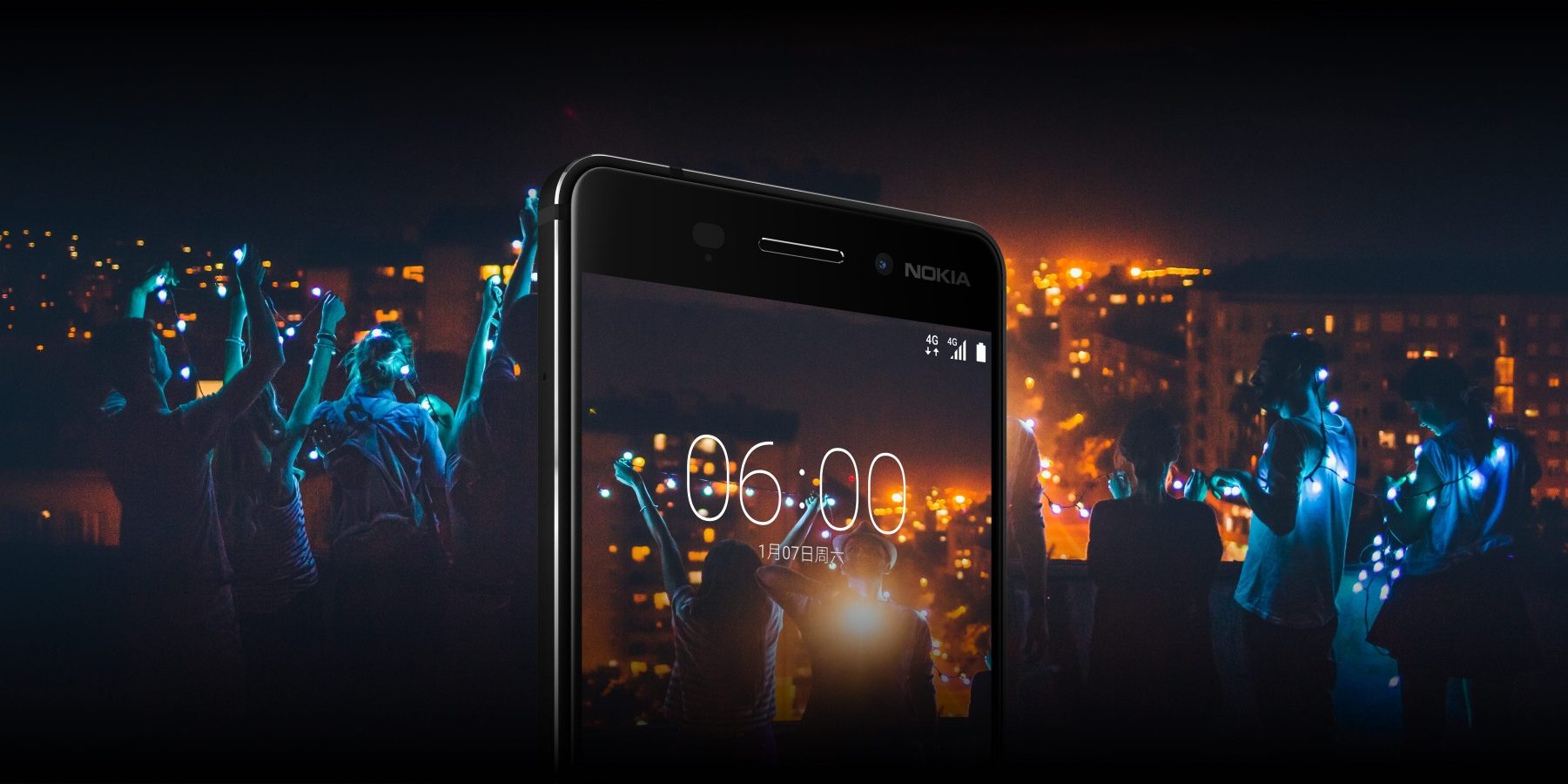
Google Pixel 2 (2017) – Computational photography changes the game
Photography is perhaps the most impressive and important areas of advancement in Android smartphones over the past decade. If you ask me, a lot of that has come down to software, especially in the past 3 or so years.
Google was working on computational photography for a few years. The Nexus 6P was one of the first devices to show how good the feature could be with HDR+. The Pixel built on that and with the Pixel 2, Google really pushed the feature to its limits. In my initial review of the Pixel 2 XL, I said that Google’s “excellent work in computational photography that makes this camera what it is.”
![]()
With the Pixel 2 and Pixel 2 XL, despite their issues, Google really changed the game with smartphone photography. That camera held up to the competition for over a year, got better with Pixel 3, and still stands as one of the best smartphone cameras out there today. Over time, though, other OEMs would learn from Google and improve their own cameras using computational photography, Apple being a key example.
Samsung Galaxy S8 (2018) – Bezel-less displays go mainstream
Bezels on smartphones have been shrinking for several years, but I think we can all agree that the Galaxy S8 is the most meaningful device to ditch bezels in the Android world.
When it debuted in 2018, the Galaxy S8 was an impressive design. It had some bezels, mostly along the top and bottom, but it was clear from day one that it was going to change things in a big way. The 86.2% screen-to-body ratio was a considerable step up from the Galaxy S7 and, in person, the S8’s design was just stunning. In my review, I mentioned that “you feel like all you’re holding is a screen.”
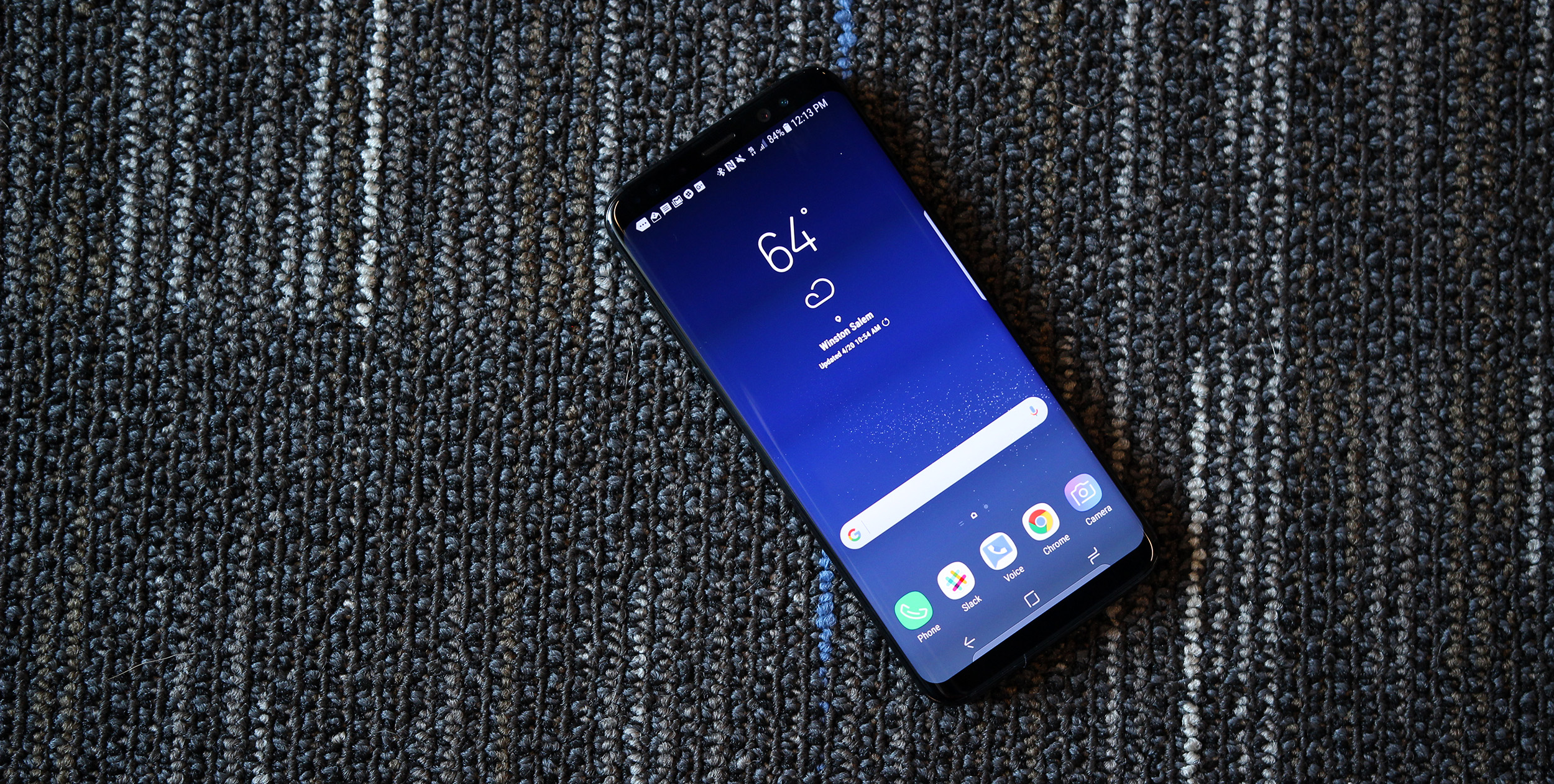
In the time since the Galaxy S8’s debut, Samsung has only pushed bezel-less designs further with hole-punches for cameras. Other Android OEMs such as OnePlus have pushed things even further with pop-up cameras and other changes to help avoid notches and any other form of bezel.
Samsung Galaxy Fold (2019) – The foldables are coming
Going into a new decade, Android smartphones are poised to evolve even more. One of the first big changes we can expect is in foldable smartphones. The Samsung Galaxy Fold, despite a botched initial launch, proves this is a form factor that can’t be ignored.
Foldable smartphones offer something very new to the market. Instead of an “excellent rectangle,” foldables bring more to the table. In the case of the Galaxy Fold, that’s a tablet in your pocket. Huawei’s Mate X does that with an even bigger screen. Samsung’s next foldable and the Motorola Razr deliver a clamshell design.
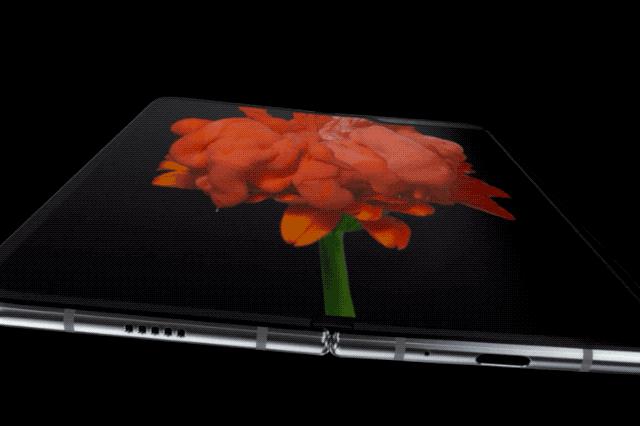
Foldables are coming. They still have a way to go, but they’re going to be a big deal in the next decade.
What was your favorite smartphone in the past 10 years?
Each phone on this list is here because of some achievement or milestone it represents. However, they might not be your favorite devices. Let us know in the comments below, what was your favorite smartphone of the decade?
Author: Ben Schoon
Source: 9TO5Google



